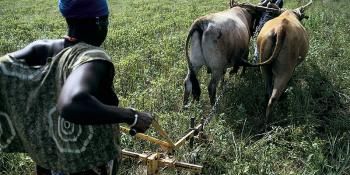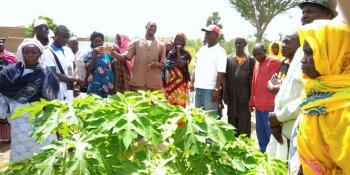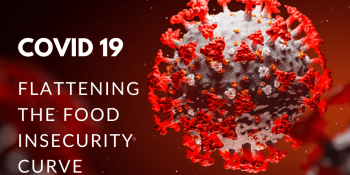A farmer's dilemma: To sell or to eat?

“Things are much better than they used to be,” says Don Felipe, sitting at ease in a plastic lawn chair and sipping on a tinto, the sweet, miniature-sized cup of black coffee so loved by the inhabitants of Colombia’s Santander department.
“Back then nobody sold anything,” he goes on. “Not beans, not maize. There was no market and nothing to make money with.”
The elderly Felipe has no shortage of reminiscences – after all, he’s lived in Macaregua village for more than 50 years. But he’s unwavering in his preference for the present. “Now everything gets sold. Leave a little for yourself and sell the rest, that’s the best way.”
Climate-smart agriculture aims at improving food security even in the face of increased climate risks. When small farmers seek to boost their food security by commercialising their products, for example, they must strike a balance between the risks in producing for the market and the risks in producing for home consumption: to sell or to eat?
Read the full story on the Thomson Reuters Foundation blog.
Related stories on the CCAFS blog:



